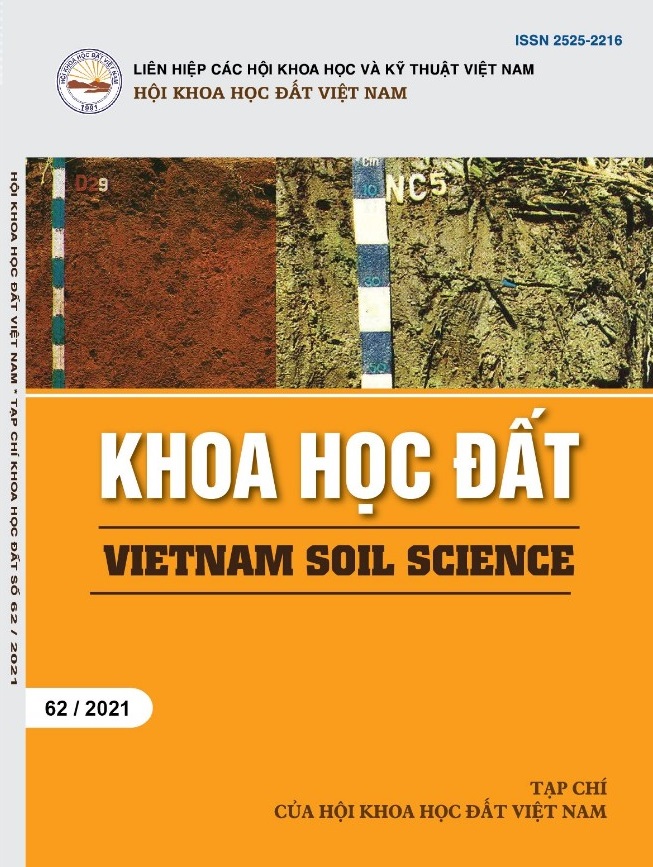Ngô Thị Hồng Vân*, Nguyễn Thị Huệ**, Phạm Văn Hằng**, Hoà Thiện Hải*, Trần Văn Danh*, Nguyễn Thanh Bình*
*Viện Nghiên cứu Cao su Việt Nam
**Tổng Công ty Cao su Việt Nam
Từ khoá: bón phân, cây cao su, chẩn đoán, dinh dưỡng, Đông Nam Bộ
Summary
The fertilization technique for rubber tree based on nutrition diagnostic method at eastern south region
The rubber development in Vietnam is now increasingly extending to newly introduced clones such as RRIM600, GT1, Pb235, VM515, Pb255, Pb260… instead of old clones like PR10, Tjir, Avros, GI… the fertilization based on nutrient demand, known as leaf nutrient diagnosis has been widely applied in the rubber sector since more than a decade. Therefore, based on analyses on leaf samples taken from 15,000 hectares of mature and immature rubber trees, the nutrient concentration thresholds for new clones were established to replace those previous set up by French scientists. Leaf nutrient thresholds for new clones were divided into 3 groups accordingly to N level or 2 groups accordingly to P and K level. As to Mg level, there was no division in the thresholds. For immature trees the threshold was unique, except for VM515 which was having the lowest level of N compared to the investigated clones. Results from the application of leaf nutrient diagnosis on 2 trials showed that a consistent latex yield is an economic efficiency could be achieved, which were better than those obtained using GERUCO recommendations.
 Tạp chí
Tạp chí



